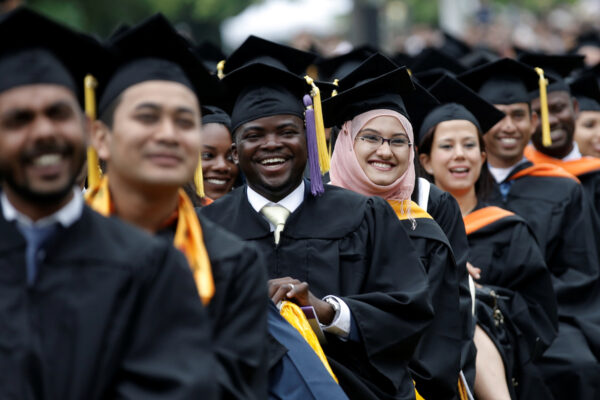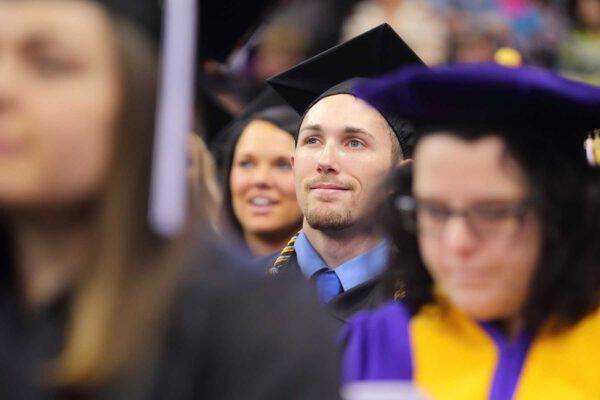Removing Barriers for Students With Some College but No Degree
Title: Lighting the Path to Remove Systemic Barriers in Higher Education and Award Earned Postsecondary Credentials Through IHEP’s Degrees When Due Initiative
Authors: Leanne Davis, Jennifer Pocai, Jason L. Taylor, Sheena A. Kauppila, and Paul Rubin
Source: Institute for Higher Education Policy and Degrees When Due
Today, more than 36 million individuals have completed some college but have not received their degrees. To address the barriers to completion that these students face, the Institute for Higher Education Policy launched the Degrees When Due initiative, a three-year project to help institutions reengage stopped out students. A recent report outlines the launch of the initiative, lessons learned, and efforts to continue the work of degree reclamation.
Degrees When Due (DWD) involved nearly 200 institutions across 23 states and systems employing both evidence-based and equity-focused strategies for reengaging near-completers. The key goals of DWD included:
- Increasing postsecondary attainment: Helping stopped-out students complete their degrees contributes to economic mobility, increases tuition revenue, and strengthened economies.
- Promoting equity in higher education: Barriers to completing degrees have a greater impact on students from low-income backgrounds, first-generation students, students of color, and older students. Understanding the impact of policies and practices on specific populations enables leadership to prioritize resources and close attainment gaps.
- Building institutional capacity to support students: To adapt to and address student needs, institutions and states should invest in human capital, maximize use of technology, and expand student services and financial support resources.
- Establishing sustainable policies and practices to continue to serve students following the conclusion of the DWD initiative: Commitment to efforts that prioritize degree reclamation builds long-term capacity and helps students, institutions, and communities benefit from degree attainment.
Two critical steps informed DWD’s implementation. The first was the work of prior initiatives to inform strategies for addressing degree reclamation. These strategies included data mining to identify near-completers, degree audits, student support services, and removing procedural barriers to graduation.
The second was to develop a support system for participating institutions. DWD included several cohorts of institutions with an initial focus on associate’s degree completion. The initiative was structured to be flexible, pivoting to the needs of institutions and states. For example, COVID-19 brought on a temporary pause to the DWD initiative as campus teams adapted to remote learning. The impact of the pandemic, including changes in enrollment and budget cuts, also brought a sense of urgency to institutions about how to use the DWD network and resources to best meet student needs.
Through DWD, over 170,000 students were identified as potentially eligible for a degree. Of that, about 10,700 attained a credential and about 3,000 more students are on track to complete their degree.
The report concludes by outlining lessons learned and next steps for expanding degree reclamation, including recommendations for institutions, states, and the federal government to reengage students, promote degree completion, and help students access the transformational benefits of higher education.
To read the full report, including spotlights from participating institutions and systems, click here. For more information on the Degrees When Due initiative, click here.
—Danielle Melidona
If you have any questions or comments about this blog post, please contact us.


